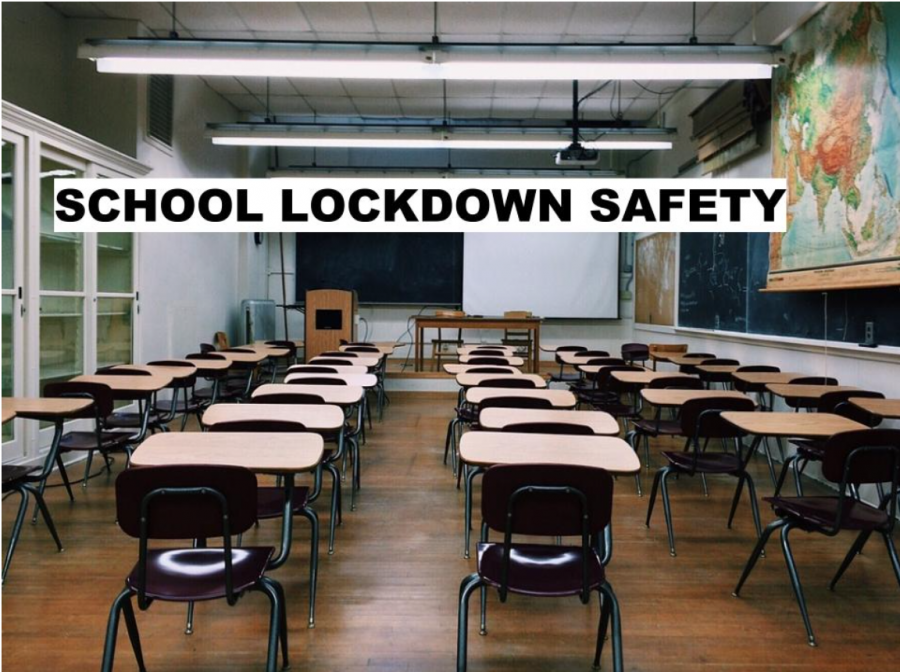by Caroline Donohue ’20
Lockdown drills are utilized in typical education systems to prepare for urgent circumstances where danger may be imminent. On Feb. 27, while circumstances didn’t warrant a lockdown, students and staff at Staples High School underwent a “shelter in place” due to a threat made by a student.
After this incident, only a few weeks apart from the school shooting in Parkland, Florida, many students were left wondering how effective the current Staples security drills are and if new rules need to be implemented to ensure safety.
A lockdown drill’s purpose is to prepare in case of an emergency where an intruder may enter the building. All doors are locked, blinds are shut and students are told to sit in the corner of the classroom. The school was planning to do a practice lockdown drill the week following February vacation, but due to recent events, the drill was deferred.
Many students believe these drills are necessary in order to prepare students and teachers, ultimately ensuring the safety and security of the school community. “I think they are very important because if we needed to have a real lockdown in case of an emergency, we would know what to do,” Ali Green ’20 said. “But if we didn’t have the drill everyone would be freaking out which could cause a worse scenario.”
Schools around the United States agree that having regular lockdown drills are effective and necessary in the case of an emergency. However, according to the Hartford Courant, in recent years Connecticut schools have not been keeping up with lockdown drills, even after Sandy Hook. “Only 52 school districts, barely 25 percent of the state, submitted the records — a two-page sheet detailing when and where drills were held that is signed by a local fire or police official,” Dave Altimari wrote.
At the press conference following the threat, Superintendent Dr. Colleen Palmer spoke shortly about lockdowns and reassured that Staples will continue with the drills. “We are very loyal to our schedule about drills and we are always prepared,” Palmer said.
One of the major arguments against having regular lockdown drills is that they do not effectively prepare students for dangerous situations. Some students believe that being stuck inside of a classroom is putting children at risk and creating a vulnerable setting.
“The school can only do so much and lockdowns are what they believe are the safest thing for us in a dangerous situation,” Julien Zeman ’20 said. “That being said, being locked inside a classroom is not always the safest thing with a killer armed with an automatic weapon in the school.”
While it is difficult to truly prepare for such an event, most administrators believe lockdown drills should stay in place for extra caution and to rather be safe than sorry. Additionally, Palmer and school officials will review current procedures and consider whether possible changes are needed.
“You never know what’s going to happen,” Green said, “and even if it makes our school 1 percent safer, then it’s worth it.”














































